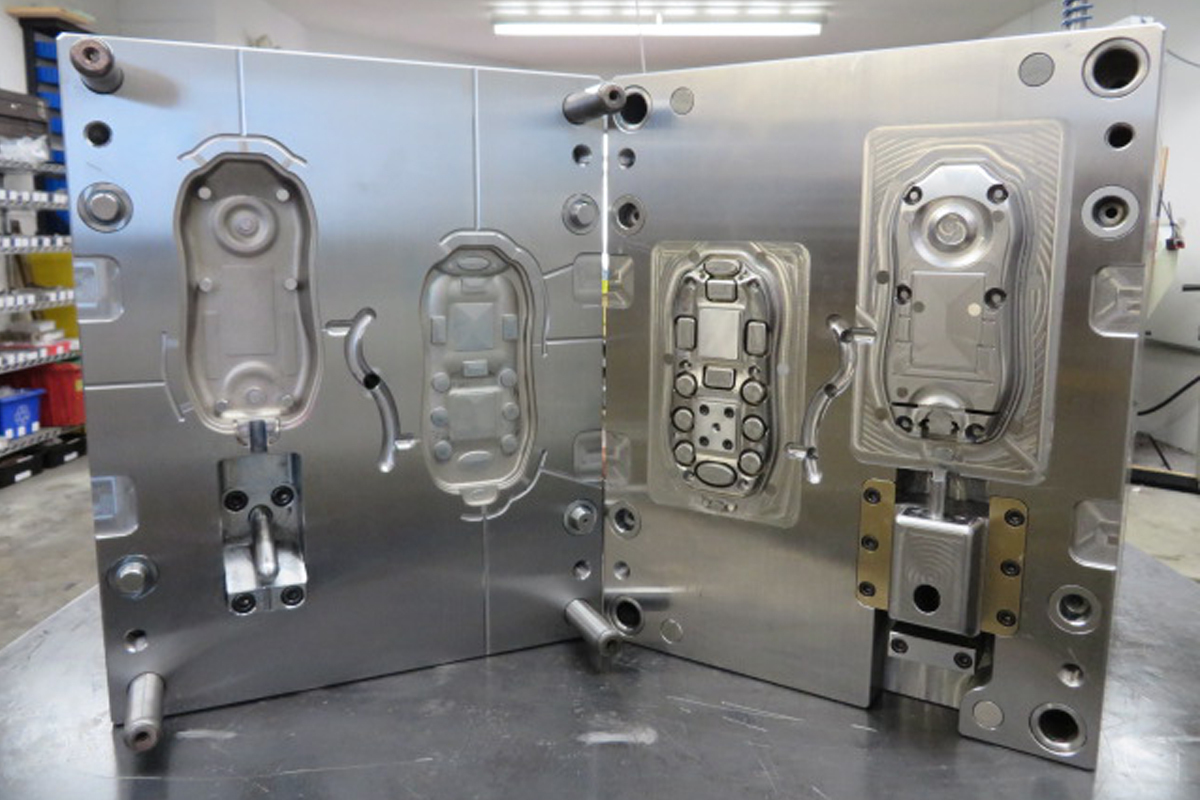Over the past few years, plastic molding has become the preferred means of manufacturing various plastic parts. Used in the production of various household items, car items, electronics, bottle caps, etc., it has become the most effective and most accessible means in mass production. However, before a product is completed in the mold tooling factory, it undergoes various stages to ensure durability. Below are the unknown stages of the plastic molding process.
- Plastic Molding Quantitative Feeding
Quantitative feeding is the first step in the plastic injection molding basics.
Different products require different materials for use. For this step, various
polymers are blended, and alloys including nylon, polyethylene, thermoplastic,
and polystyrene are made to ensure that the product used is the right blend for
the production of items. Choosing the right combination ensures that the
outcome will be of the required strength and quality.
- Plastic Molding Melting Process
To make a high-tech mold, the materials that were chosen to be ideal in the first step are put through extreme heat. The plasticizing process includes granular plastic being fed using the gravity process through a hopper. The materials are then collected in barrels that are heated to predetermined temperature levels to make alloys and blends. The difference in temperatures is imperative as it allows a variety of plastics to be produced that can be used for a specific purpose.

- Plastic Molding Pressure Injection
The next step in the injection
molding process is injection in specific molds. Multi-cavity
injection molds are prepared beforehand and placed in a conveyor belt where the
injection takes place. Hot granules are pushed through a plunger-like
screwdriver to a chamber. The chamber is then heated further to allow resistance
to grow hence ensure the durability of the plastics before it’s forced into
another barrel.
- Plastic Molding Filling Process
A plunger from the barrel from the last step is fitted with a nozzle. A
runner and gate system is used that now makes use of fold cavities. The heated
plastic enters through the cavity to the mold assembly point. Depending on the desired
amount, the cavities are placed consecutively to ensure a more natural
transition. The cavities remain at a set temperature and solidify almost
instantly enabling quick and easy production.

- Plastic Molding Cooling and Demolding
Finally, the last injection molding step is allowing the design to
set. Though almost all products solidify
instantly, it very well depends on the thickness and the quality of product
required. Some time is allowed to ensure it cools before the mold cavity is
rendered open. The end product is usually matte, fusion or layered or graphic
finishes that are ready to use.
Conclusion
As the production process in the mold tooling factory is a streamlined process, the assembly of various plastic molding items is easily manufactured. Overall, plastic injection molding gives rise to products that have durable, minimizes scrap losses, and promotes mass production of material that overall allows for seamless production of consumer goods.


